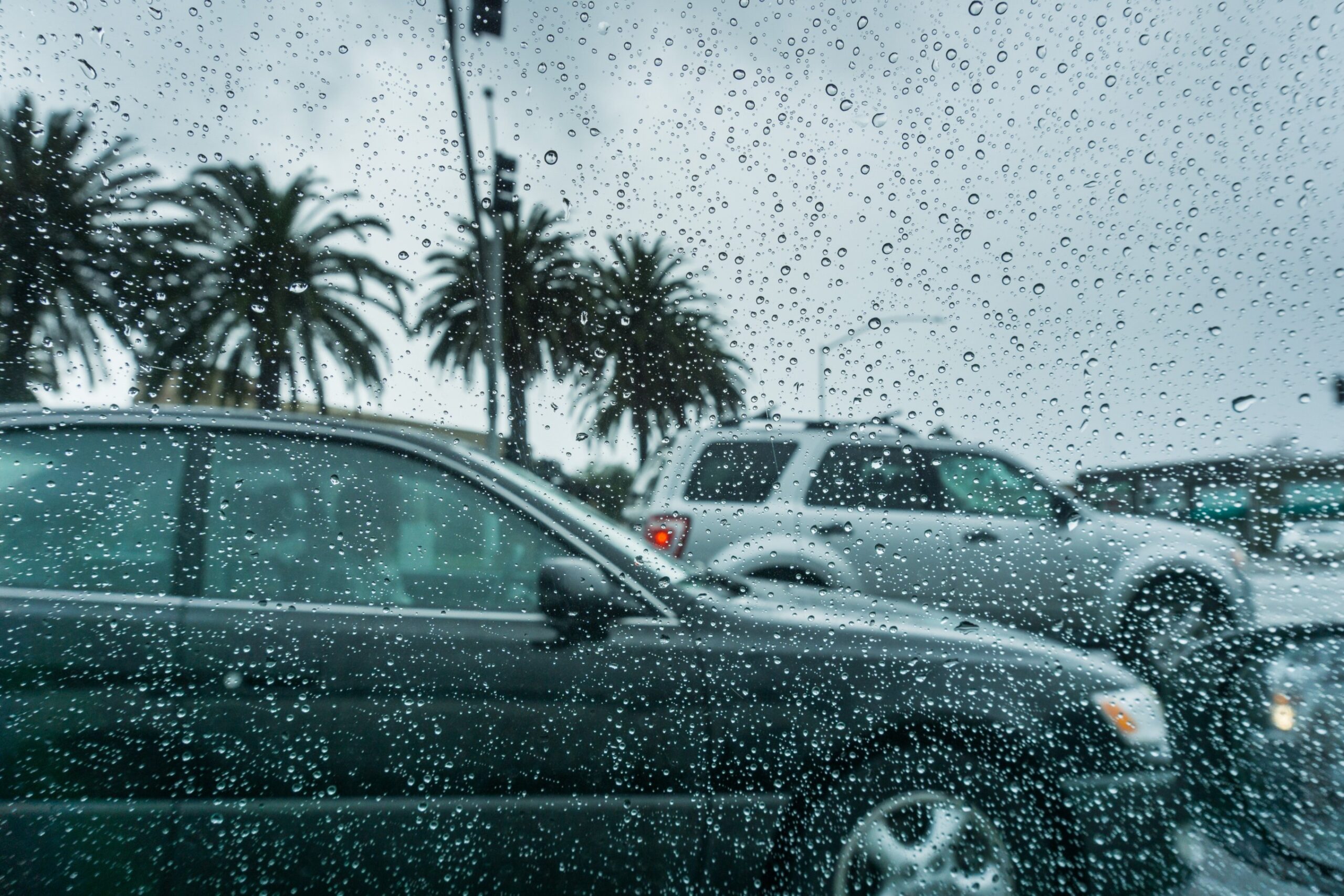Who Is at Fault in an Accident During a Rainstorm – Guest Post

Driving during a rainstorm can be quite challenging. The roads become slick and visibility can be poor, making accidents more likely. With the risk of accidents being undoubtedly higher than on a sunny day, when a collision occurs, it can often be difficult to determine who is at fault. This can make filing an insurance claim, seeking damages, or even deciding whether to take legal action quite complicated. It is crucial to know who is responsible for an accident to ensure justice, protect your rights, and safeguard against unwarranted claims. In this blog, we will explore the various factors that come into play during a rainstorm, leading to an accident, and who is at fault.
Road Conditions
Rainy conditions lead to slippery roads, hydroplaning, decreased visibility, and reduced tire traction. As a result, road conditions can play a significant role in determining fault. If a driver loses control of their vehicle due to an icy patch on the road, the entity responsible for maintaining the road may be considered at fault. Alternatively, if a driver loses control due to excessive speed on a wet surface, then they may be deemed responsible for the accident.
Driver Behavior
The behavior of drivers during rainy conditions can also play a role in determining fault. For instance, if a driver is tailgating, speeding as mentioned before, or driving recklessly during a rainstorm then they may be deemed at fault for the accident they were in. Similarly, if a driver fails to use their headlights or uses them incorrectly during a rainstorm, they may also be held liable for the accident.
Contributory Negligence
Contributory negligence refers to the notion that the injured party is partially responsible for the accident. In some jurisdictions, this principle may prevent the plaintiff from recovering any damages if they are found to be even slightly at fault. In the context of a car accident during a rainstorm, contributory negligence could be invoked if the injured party was also driving recklessly or not taking adequate precautions given the weather conditions. The degree to which each party is at fault is usually determined through a thorough investigation and sometimes negotiation between insurance companies.
Third-party Liability
Third-party liability refers to an entity other than the driver being held responsible for an accident. For instance, if a driver rents a car with low-quality tires, causing them to skid and collide with another vehicle, the vehicle rental company may be held at fault. Another example may be road conditions, as mentioned before, or even construction companies if the accident was caused due to improperly placed materials or road barriers.
Comparative Negligence
Comparative negligence refers to a legal principle used to determine fault and damages based on the degree to which each party’s negligence contributed to the accident. The ruling here directly influences the amount one can claim after an accident. In these scenarios, each party’s responsibility for the accident is assessed in percentage terms, and this percentage is used to reduce the amount of damages they can recover. For instance, if a driver is deemed to be 20% at fault for an accident during a rainstorm due to their own reckless driving, they could only recover 80% of their total damages from the other party.
An accident during a rainstorm can create confusion about who is at fault. Understanding the various factors that come into play is, therefore, critical in ensuring fault is accurately determined. As drivers, it is essential to be cautious and take the necessary precautions when driving in wet conditions. Slow down, keep a safe distance from other vehicles, and always ensure that your headlights are on. If an accident does occur, speak to an experienced car accident lawyer to ensure that your rights are protected and that you receive the compensation that you deserve.

